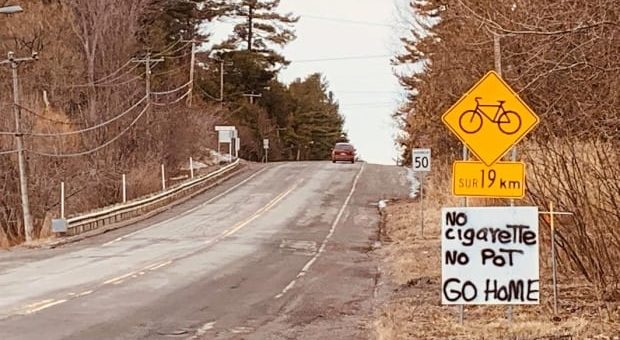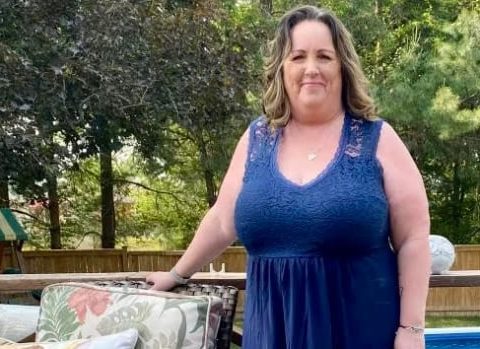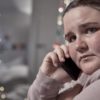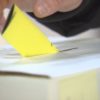
Indigenous communities will face elevated risks of COVID-19 infections once provinces and urban centres begin easing lockdown restrictions, says a top official with the First Nations and Inuit Health Branch.
COVID-19 rates in Indigenous communities are currently running below the national percentage. The First Nations infection rate is at 0.01 per cent of the on-reserve population, while the rate is 0.09 per cent for the rest of the country, according to Valerie Gideon, senior assistant deputy minister for the First Nations and Inuit Health Branch (FNIHB).
Gideon said these gains against the virus could be undermined once provinces and cities begin to ease restrictions.
“There will be an increased risk for Indigenous communities if larger urban centres start to reopen schools or reopen businesses,” said Gideon.
First Nations across the country have implemented various levels of community lockdowns across the country including blocking access by outsiders, limiting outgoing trips to essential travel and requiring returning community members to self-isolate for 14 days upon their return.
Gideon said these measures have helped keep infection rates low — currently there are 76 COVID-19 cases on-reserve and 14 in the Inuit region of Nunavik, in northern Quebec.
Difficult choices
As lockdown measures begin to ease around them — which is starting to be discussed in some provinces like Quebec, Saskatchewan and British Columbia — communities will be faced with difficult choices.
“Do they follow suit or do they remain more stringent with respect to physical distancing measures because they have higher factors of vulnerability?” said Gideon.
“There are communities that are 20 minutes from an urban centre. Some communities are in the middle of an urban centre. It is impossible for those communities to be completely closed off if cities decide to open up their operations.”
Fly-in or more remote First Nations face different variables and pressures when it comes to deciding when they should open up their territories, said Gideon.
“I think we will be involved in those discussions and I think those discussions will be dependent on each of the provinces,” said Gideon.
“We will need to look at specific situations.”
In Kahnawake, just south of COVID-19 hotspot Montreal which has 9,856 COVID-19 cases, the council passed an official state of emergency on Tuesday.
The Mohawk community, which has recorded at least 13 COVID-19 cases, is closed to outsiders and running only essential services.
Lloyd Phillips, Kahnawake’s commissioner of public safety, said in a Facebook live broadcast Wednesday that the community’s COVID-19 task force would make its own decisions independent of what Quebec and Montreal do in terms of easing any restrictions.
“What they do on the outside, we analyze it, we see what they are doing, but it will be the Kahnawake COVID-19 task force that decides how that does or does not apply to our community,” said Phillips.
“When it comes to issues like schools, it will be up to the Kahnawake task force who will determine if and when those schools will open. We will also decide if and when other governmental organizations will open and things of that nature.”

Eabametoong First Nation Chief Harvey Yesno, whose fly-in northern Ontario community about 300 kilometres north of Thunder Bay has recorded one COVID-19 case, said he favours keeping lockdown measures in place beyond provincial timelines.
“We are isolated and remote. We don’t have the same support structure. Some of us are on boil water advisories,” he said Yesno.
Yesno said his concern about the risk COVID-19 poses to his community, which suffers from overcrowded housing, won’t wane until a vaccine is found.
However, he expects pressure soon from community members to loosen restrictions as the issue triggers more discussion in the news.
Some community members have seen a pause in their planned counselling sessions for issues like dealing with grief and residential schools and they want to restart them, even if it means flying to Thunder Bay.
“I am going to be under pressure, too,” said Yesno.
“If we open that up, we will have more traffic of people.”
Credit: Source link












